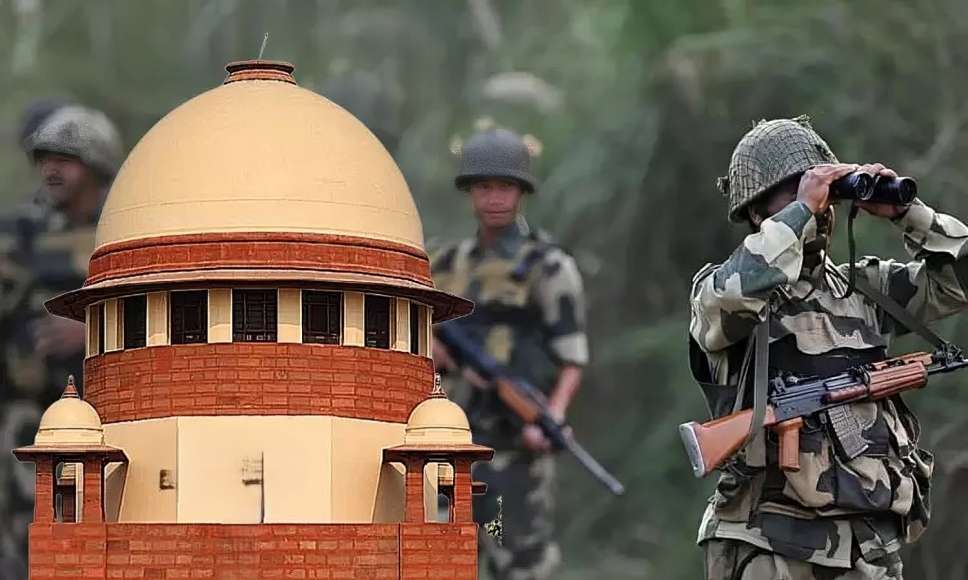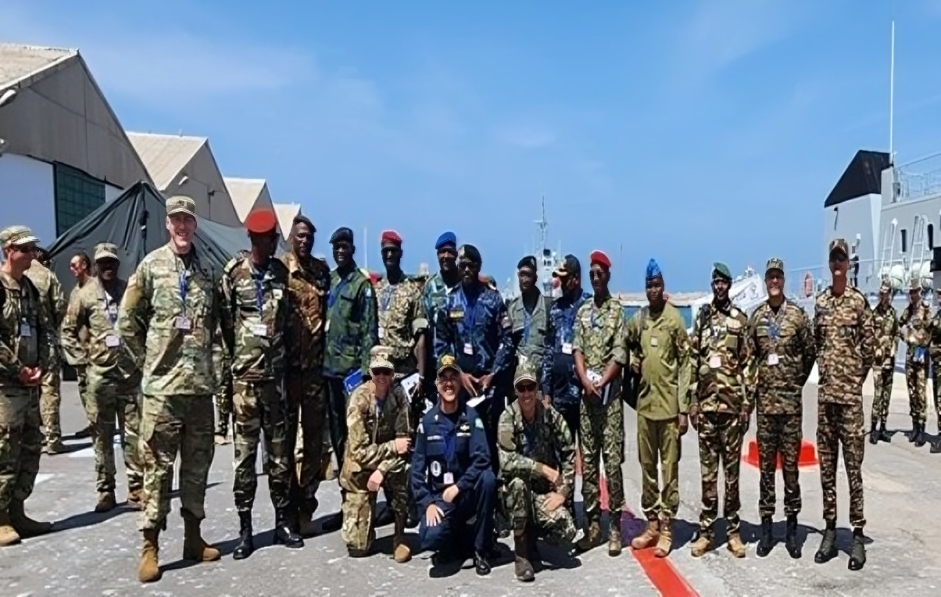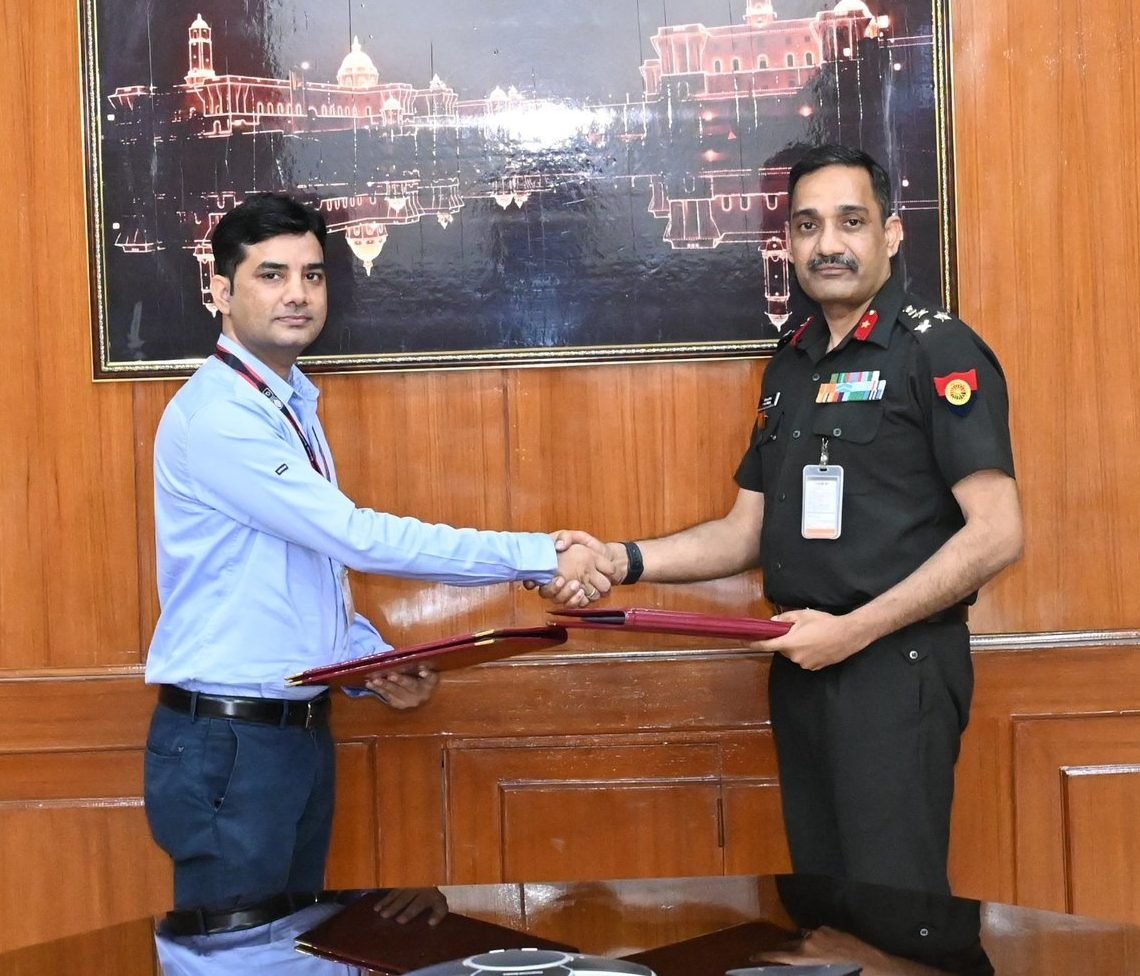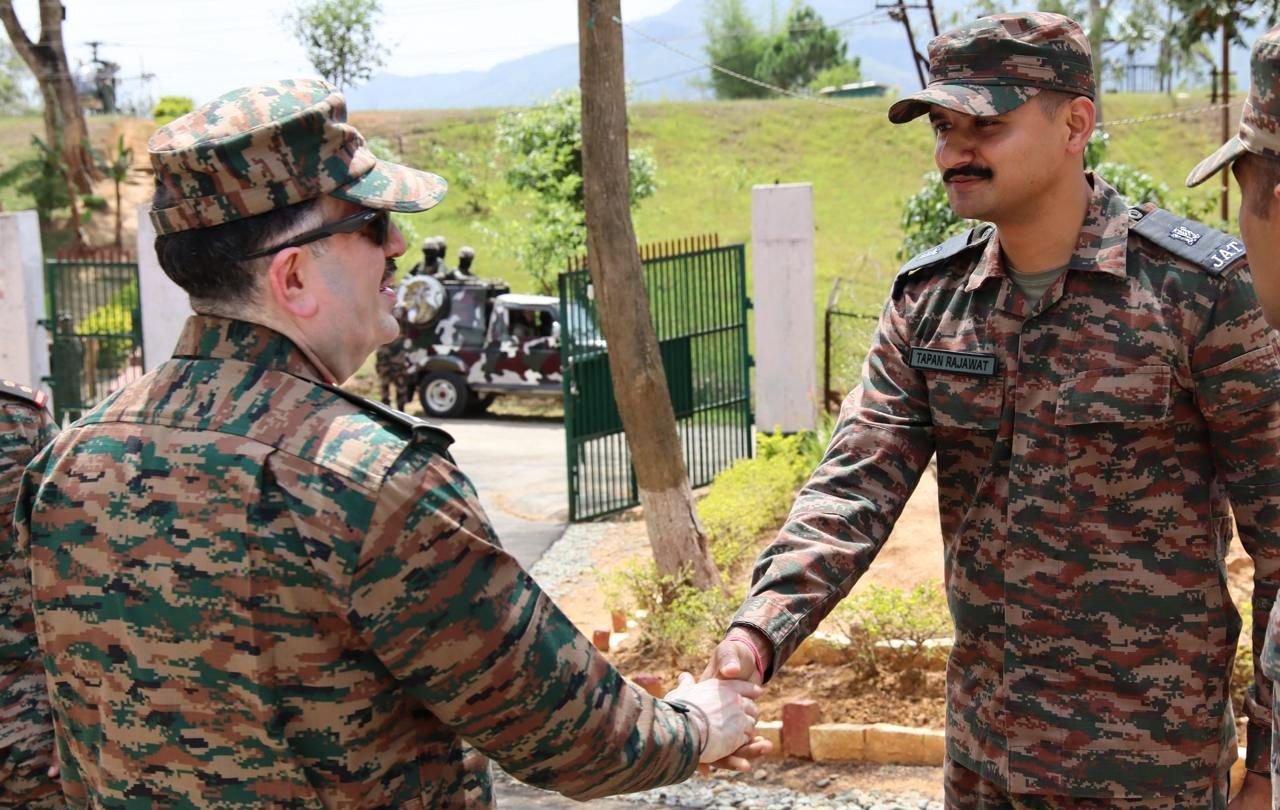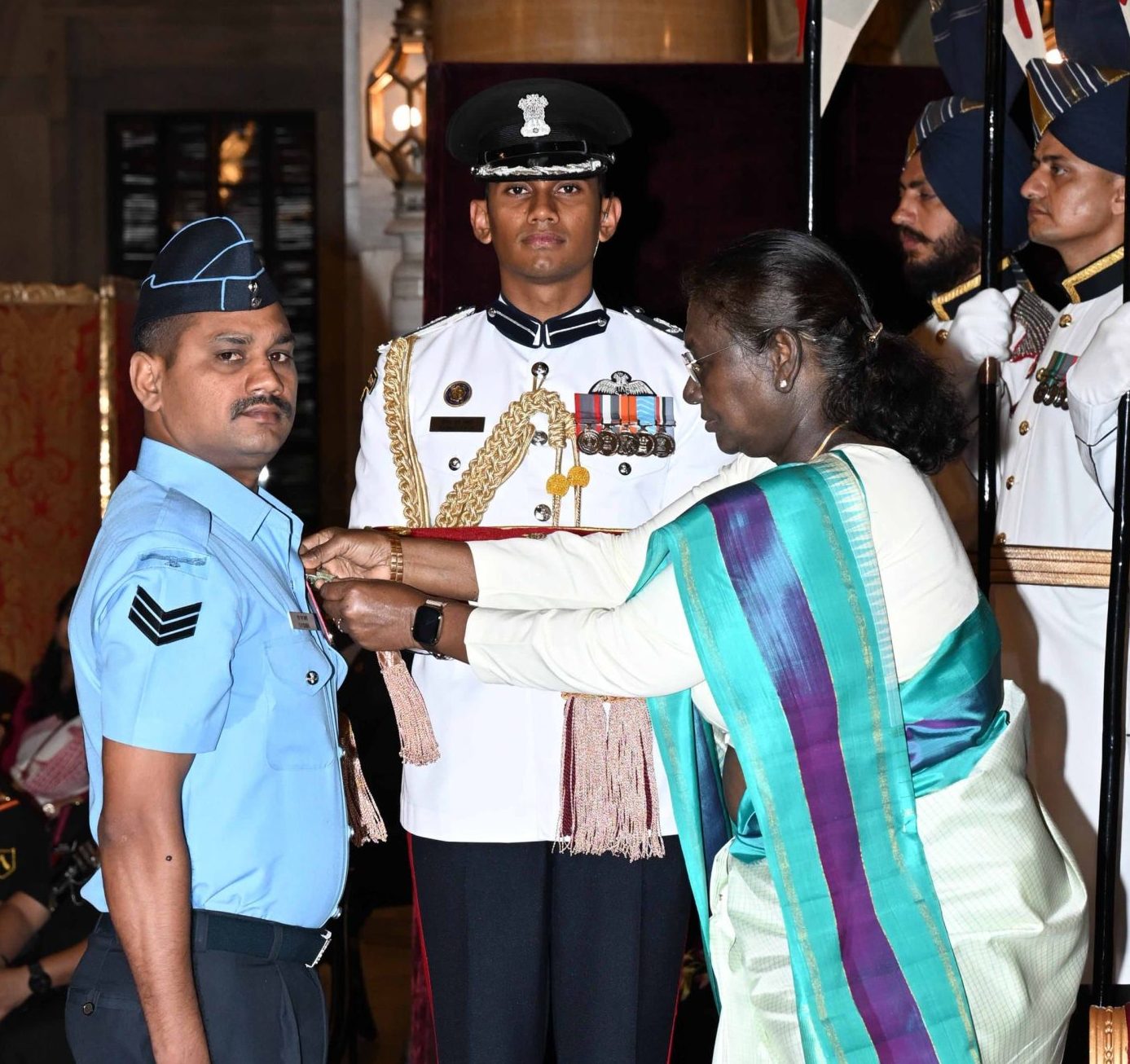Supreme Court Orders Cadre Review Across All Central Armed Police Forces Within Six Months
In a landmark directive aimed at addressing long-standing grievances of cadre officers within the Central Armed Police Forces (CAPFs), the…
Indian Army Participates as Observer in African Lion 2025, Africa’s Largest Multinational Military Exercise
The Indian Army took part as an observer in Exercise African Lion 2025, the largest U.S.-led military exercise in Africa,…
India Accelerates Development of Indigenous S-400-Like Missile System Under Project Kusha
India is advancing efforts to develop a long-range surface-to-air missile (SAM) system akin to the Russian S-400 under an ambitious…
Indian Army Signs MoU with Drishti Group to Offer Educational Discounts for Soldiers and Families
The Indian Army has entered into a landmark agreement with the Drishti Group, comprising Drishti IAS and VDK Eduventures Pvt.…
GOC Spear Corps Reviews Security Situation in Manipur
In a high-level visit aimed at assessing the prevailing security situation, Lieutenant General Abhijit S Pendharkar, General Officer Commanding (GOC)…
President Droupadi Murmu Honors Four Indian Air Force Personnel with Shaurya Chakra
In a solemn and proud moment for the Indian Armed Forces, President Droupadi Murmu presented the Shaurya Chakra to four…

